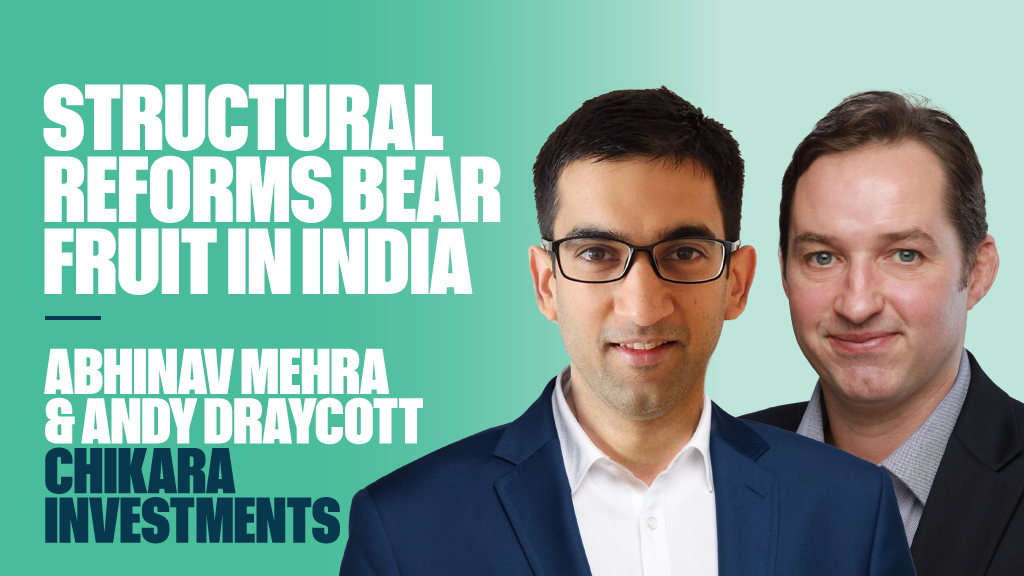With a panicked initial starting point, and primed by huge amounts of monetary stimulus and historic lows in interest rate levels, world stock markets have posted large gains.
After the false dawn of 2011, we are now witnessing definite signs that the global economy has turned a corner. While concerns surrounding growth momentum will remain a feature of markets, we believe the next few years will evidence a continuation of positive fundamental trends.
While the US economic recovery has been somewhat anaemic so far, this is not unusual after a severe economic and financial crisis. Looking forward, we expect the US economy will maintain its positive trend through 2014, in part as the government’s fiscal tightening efforts begin to abate.
Aero, shale energy and internet opps
The T. Rowe Price Global Focused Growth Equity Fund remains selectively positioned to take advantage of our optimistic outlook for global recovery, as well as our views on long-term growth opportunities that are always present somewhere within the global economy, in good times and bad. In particular, we have been early to identify some notable areas of industry and stock-specific strength within aerospace, US shale energy as well as therapeutics and the internet.
We have also successfully focused on industries where excess capacity leading into the global financial crisis has now given way to capacity tightness – after five years of underinvestment, industry consolidation and capacity retirement. As demand conditions have subsequently improved against a backdrop of tight industry supply, we have naturally seen areas of pricing power emerge and an inflection in return on capital. This is a very powerful driver of stock returns, especially at the point when valuations reflect the depressed and backward-looking perspective on an industry structure before it evolves in the favour of businesses and economic returns.
While the market’s subsequent recognition of the strength of these themes has prompted us to adjust our positioning on a stock-by-stock basis, we remain encouraged by a global economic backdrop that still encapsulates a need for an increase in capital spending. We have therefore been adding to stocks with late-cycle characteristics and those levered to growing demand trends, especially when set against tight supply conditions.
While sector weights are primarily the result of our bottom-up stock picking, our most notable position is in technology, which is an 11% overweight. The shift toward greater connectivity, mobility, and use of cloud computing are powerful long term trends, with the markets for consumer and enterprise technology products expanding in all developed and EM geographies. In our portfolio’s top 10 holdings we have tech giants Apple and Google, as well as semiconductor companies TSMC and ASML.
We continue to see challenging supply-demand dynamics for energy and materials. Supply growth is likely to outpace demand growth by a significant margin in the medium term. Our holdings in both sectors are therefore focused on companies with exposure to explicit demand and production growth drivers – US shale in the case of our energy positions, and a strengthening US housing market cycle in the case of materials.
Given our cyclical optimism, we remain underweight defensive stocks, especially those that have seen valuations rise to peak levels in the ongoing search for yield and stability. While EM stocks performed poorly upon the Federal Reserve’s tapering plans in mid-2013, bond proxy stocks also suffered after a period of meaningful strength catalysed by the global financial crisis.
Correlations will normalise
This weakness was in part due to extreme correlations between low volatility equities and treasuries beginning to work against investors. While we would expect the high correlations of defensive equities and treasuries to normalise over time, we remain comfortable with our underweight position, given the greater and unrecognised earnings potential of many other industries and companies.
We do not believe that the long-term case for EM investing is broken, but it is certainly going through a meaningful period of change, which is important to understand in the context of emerging and developed world investing. We maintain a belief that many EM stocks retain sensitivity towards a recovery in global growth. Given this, we are becoming more optimistic on a bottom-up basis that we will see a trough in many stocks in the coming quarters. We have therefore been carefully and very slowly adding to selective stocks where we believe fundamentals have disconnected with valuations. These include Walmart de Mexico and Chinese web giant Baidu.
Don't see stretched valuations
While history suggests markets may take a breather following the magnitude of returns we have seen since early 2012, this should not be confused with the end of the equity market cycle. Cycles tend to come to an end when complacency creates bubbles and/or when valuations become excessive. While the end of a cycle can always be catalysed by event-specific crises, we do not see broad-based signs of stretched valuations or asset bubbles.
Looking forward, it will be important to stay engaged as we enter a likely period of improvement for the global economy and corporate profits growth. Having seen multiple expansion drive a large amount of equity returns in recent quarters, it is important to recognise the future drivers of equity markets are likely to evolve. A more even balance of returns spread across earnings growth, capital allocation, and multiple expansion will make for a more complex environment. However, this outlook will also favour those who can identify companies with accelerating fundamentals.
David Eiswert is manager of the T. Rowe Price Global Focused Growth Equity Fund











